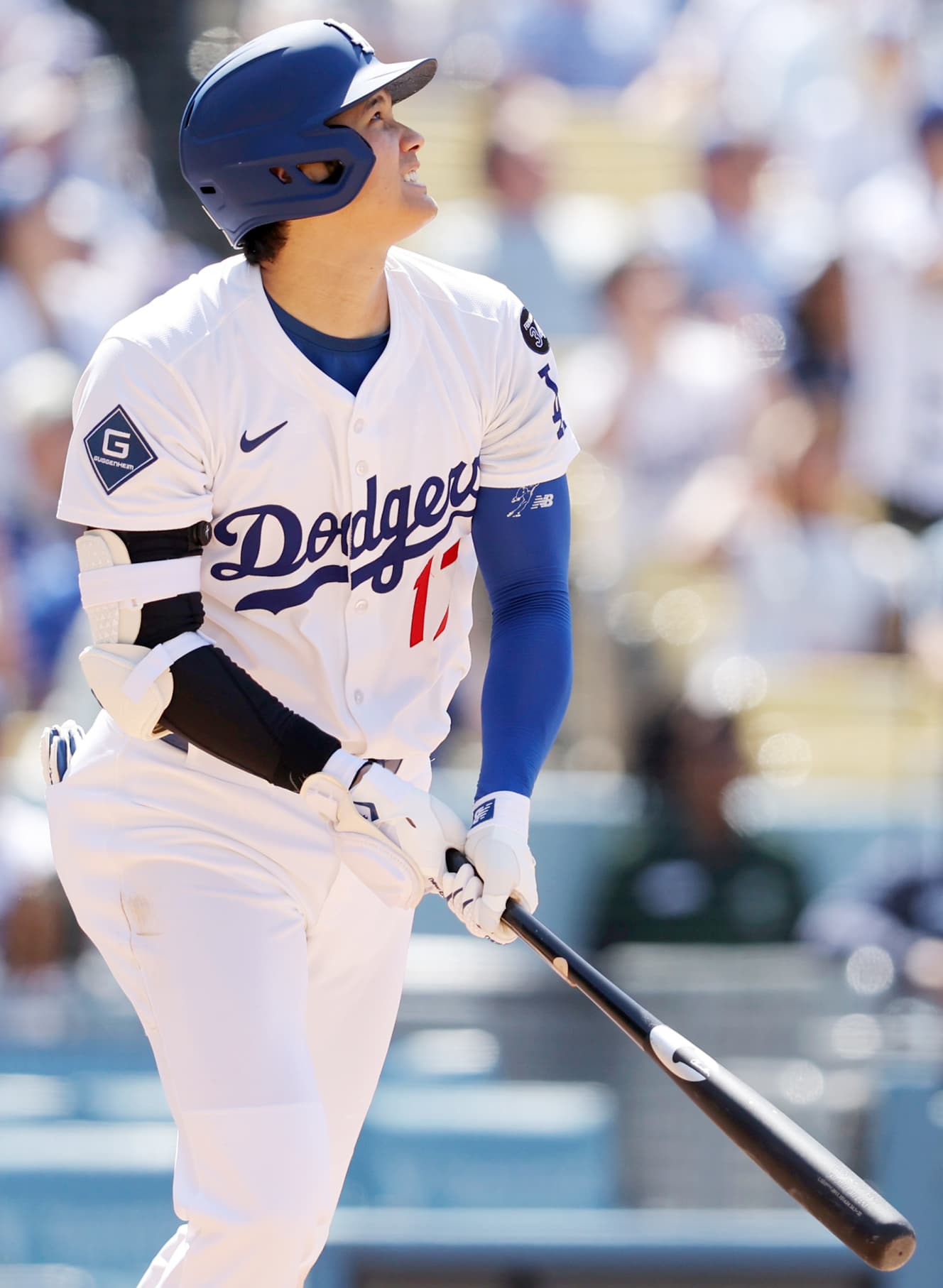Shohei Ohtani’s Comeback Weapon? The Power Sinker Could Unlock His Full Potential

His outstanding performance could only be described as brilliant—foreshadowing a full-fledged comeback.
On June 23 (Japan time), Shohei Ohtani (30) of the Dodgers took the mound for the second time this season and delivered a dominant inning, allowing no hits and no runs.
“In his previous return outing, he hit a top speed of 100 mph (161 km/h), but some unlucky hits led to two base hits and one earned run before he left the mound. This time, however, he was perfect—wrapping up the inning in just 18 pitches. He’s clearly regaining his feel for pitching. And then, after stepping off the mound, he launched his 26th home run to left-center field and racked up five RBIs. To display this level of dominance in what’s essentially a tune-up outing before returning to the starting rotation he’s a frighteningly gifted player,” said a reporter covering the game.
Typically, after recovering from injury, pitchers regain their rhythm through live BP (batting practice with real batters), followed by rehab starts in the minors to prepare themselves fully for a return. In Major League Baseball—the most competitive league in the world—this process has long been the standard.
Former MLB pitcher Keiichi Yabu, who experienced injuries and minor league rehab in the U.S., commented that Ohtani’s current approach is extremely rare, and added:
“Sure, he’s hitting 100 mph, and the quality of his pitches isn’t bad. But in terms of condition, I’d say he’s at about 40–60% of his peak. There’s a bigger difference between live BP and actual games than most people think. It takes time to fine-tune those subtle differences in feel.
For Ohtani, who’s had surgery on his elbow twice, this could be his last chance. His signature sweeper places a heavy load on the elbow, and using it too often increases the risk of reinjury. He absolutely needs to broaden his pitching repertoire.”
To that end, Ohtani has introduced a new power sinker—a so-called magical pitch. Its grip and throwing mechanics resemble a two-seam fastball, which is less stressful on the elbow, but it moves sharply downward toward the knees of right-handed hitters. Until now, his two-seamer was more of a horizontally breaking pitch that cut in toward the inside corner, so this represents a significant evolution. In his second outing, rather than relying on his sweeper, he also used a sharp downward slider that broke toward the knees of left-handed hitters to induce swings and misses.
“To reduce strain on his elbow, Ohtani has changed his delivery this season to one that comes more over the top. That makes it easier for him to effectively use vertically breaking pitches rather than horizontal ones.
However, in today’s MLB, upward-sweeping swings are the norm, so downward-breaking pitches often align well with bat paths.
That’s why he needs to use his deadly sweeper—the horizontal breaker—at just the right moments to keep hitters off balance. By pairing his powerful fastball with both vertical and horizontal breaking pitches, Ohtani has the potential to become a 100-mph finesse pitcher,” the same reporter said.
From the July 11, 2025, issue of “FRIDAY”
PHOTO: AFLO